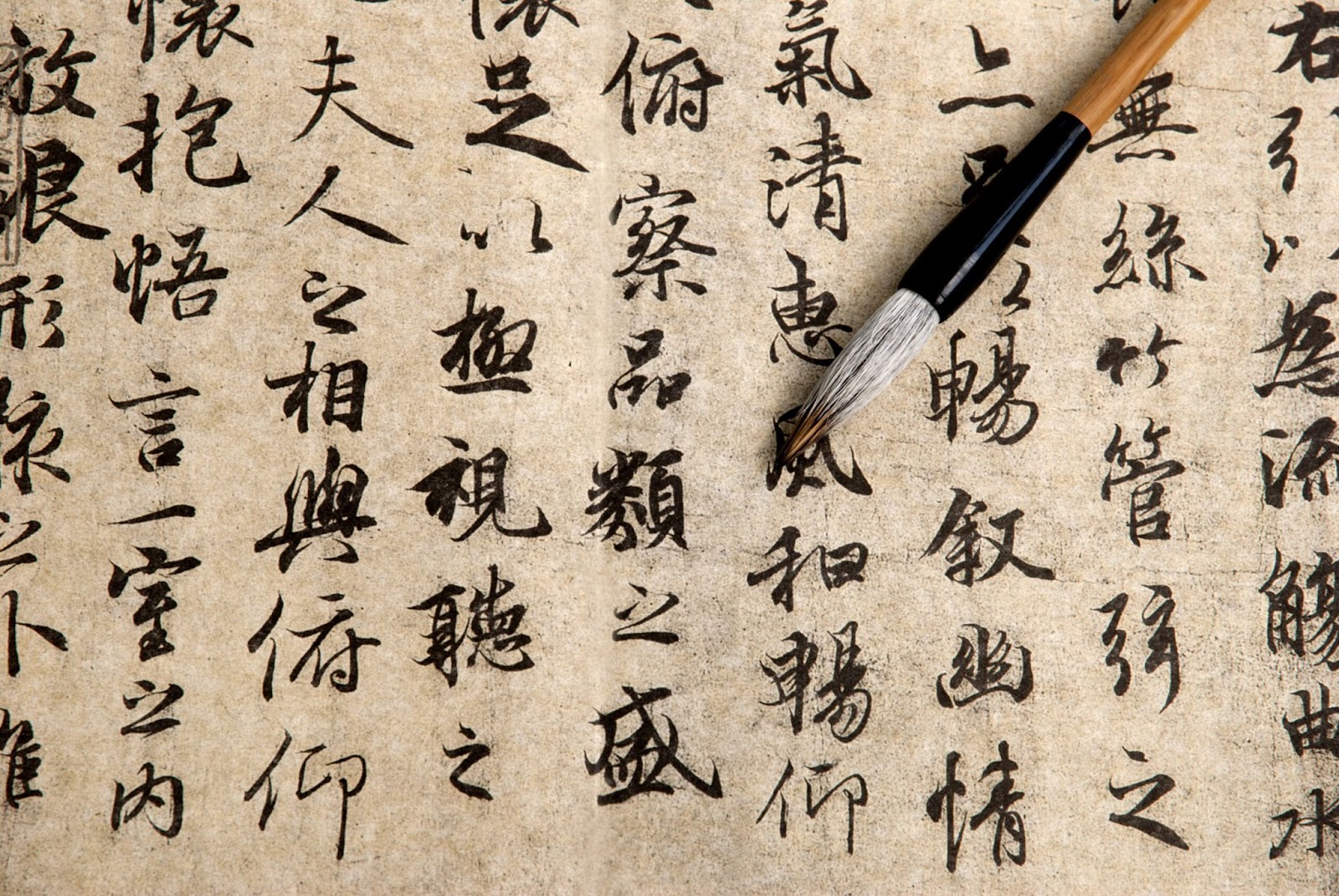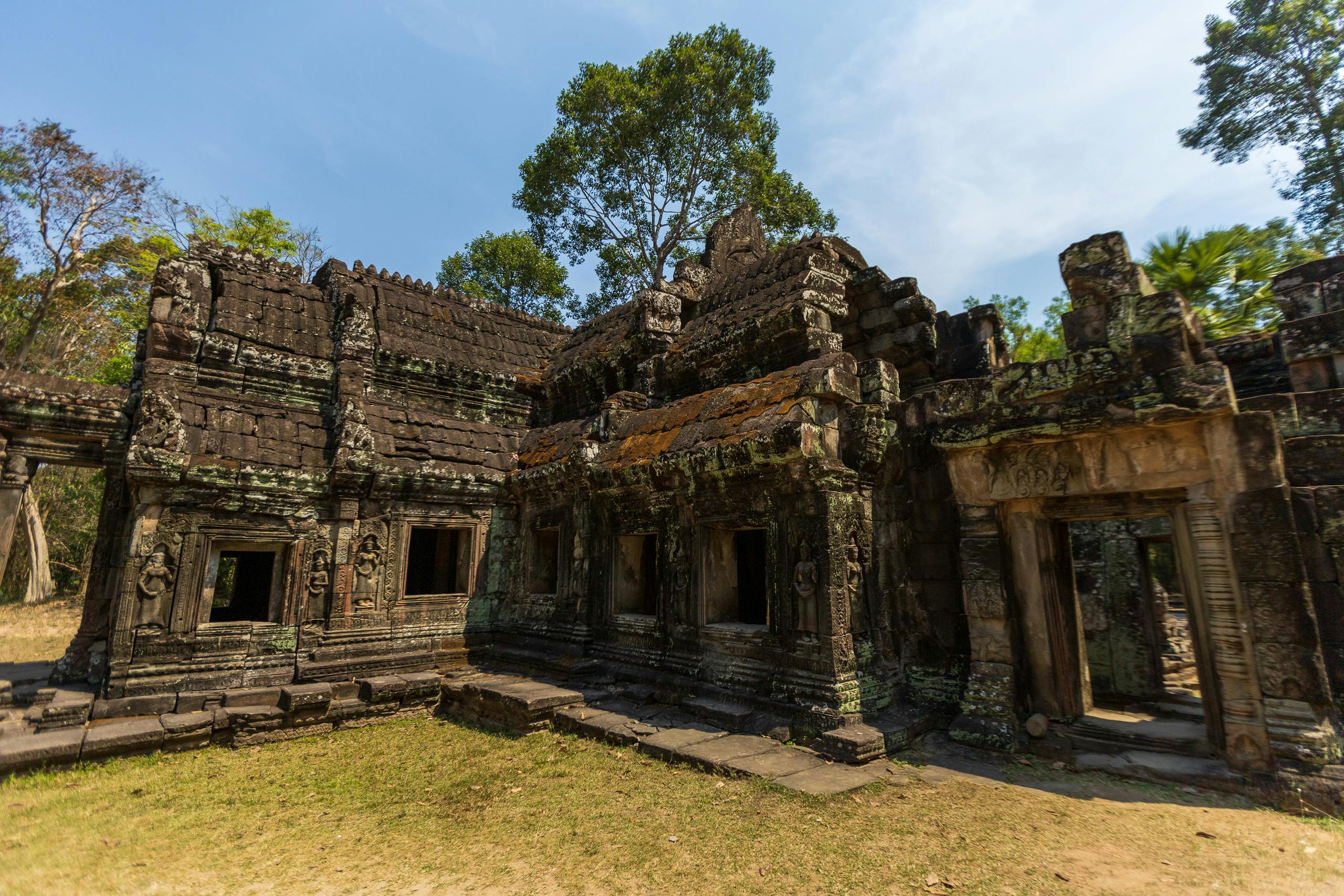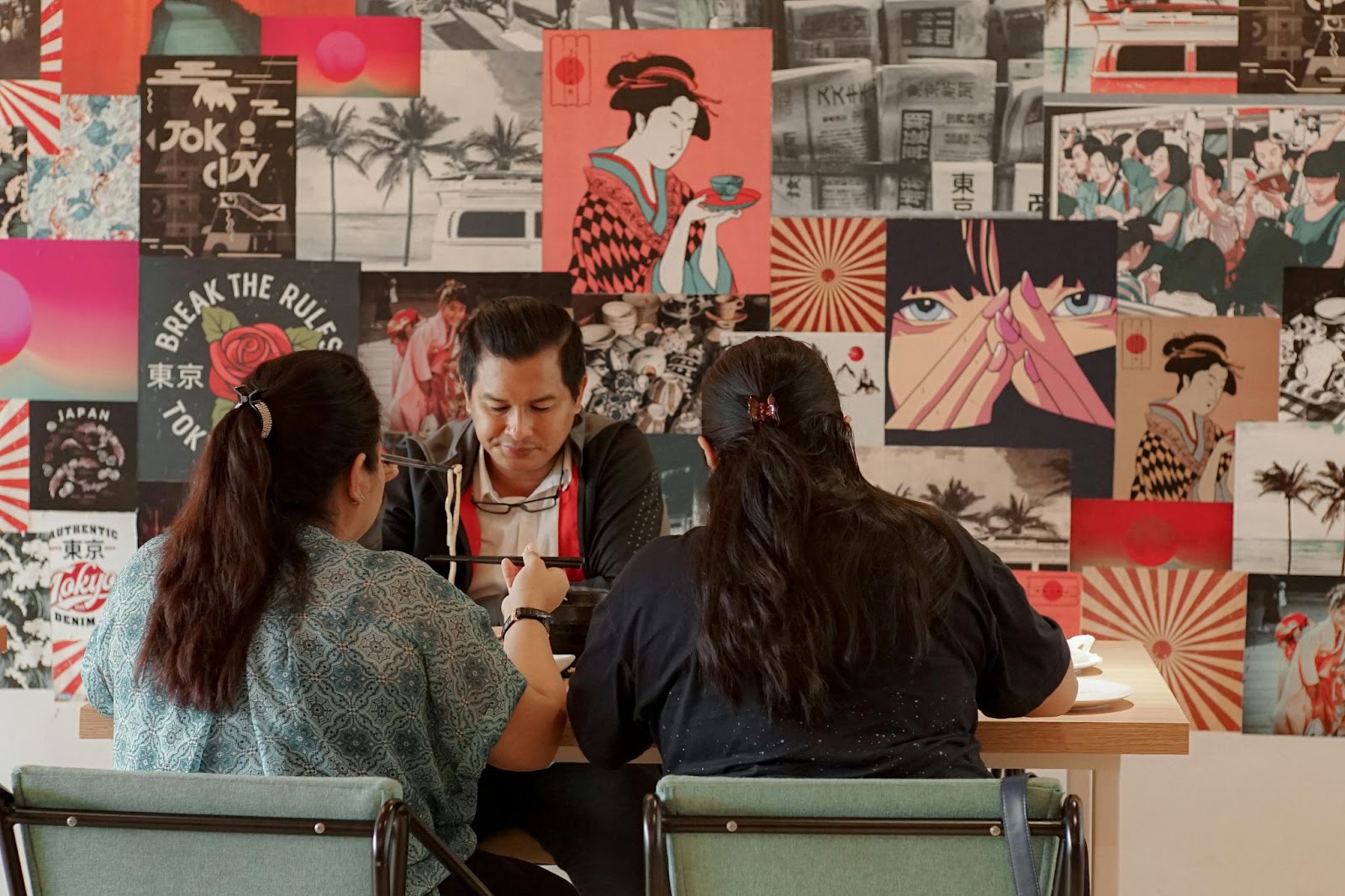Culture
The Soul of Asia: Exploring the Timeless Beauty of Asian Arts
Asia is a vast and diverse continent, rich with artistic traditions that have evolved over thousands of years. From the delicate strokes of Chinese calligraphy to the vibrant performances of Indian Kathak dance, Asian arts tell the stories of history, spirituality, and cultural identity. In a world that’s constantly changing, these artistic traditions continue to inspire and adapt, proving that art is not just a reflection of the past but a bridge to the future.

The Elegance of Ink: Calligraphy and Painting
Asian calligraphy is more than just writing—it’s an art form that embodies balance, discipline, and emotion. In China and Japan, calligraphy (書法, shufa in Chinese, 書道, shodō in Japanese) is a revered practice, often paired with ink wash painting. These fluid and expressive brushstrokes capture the essence of nature, philosophy, and poetry.

Similarly, traditional Korean ink painting (수묵화, sumukhwa) emphasizes harmony between humans and nature, often depicting landscapes, birds, and flowers. Despite being centuries old, these forms of art are now being explored in digital mediums, creating a fusion between tradition and technology.
The Art of Movement: Dance and Performance
Asian dance forms are deeply rooted in history, storytelling, and spirituality. Whether it’s the graceful hand gestures of Balinese Legong dance, the electrifying spins of Indian Kathak, or the dramatic movements of Japanese Noh theatre, each dance carries a cultural significance that has been preserved for generations.

Modern adaptations of these dances can be seen in contemporary performances, where traditional costumes meet innovative choreography, blending the old with the new.
Sculpting Stories: Asian Architecture and Statues
Architecture is another artistic expression where Asia's cultural diversity shines. The grandeur of Angkor Wat in Cambodia, the serene beauty of Japanese Zen gardens, and the intricate wood carvings of Burmese temples all showcase the mastery of craftsmanship and design.

Even in modern cities like Shanghai and Singapore, skyscrapers are being built with traditional influences, blending futuristic aesthetics with heritage-inspired elements.
The Future of Asian Arts: Tradition Meets Innovation
In today’s world, Asian arts are not just being preserved—they are being reimagined. Digital artists are using AI to create modern interpretations of ancient paintings, while traditional artisans are finding global audiences through social media. Street artists in Bangkok and Manila are painting murals that tell indigenous stories, and K-pop music videos feature hanbok-inspired fashion, keeping cultural elements alive for new generations.

As artist and historian Mei Lin puts it: "Art is the soul of a culture. It evolves, but its heart remains unchanged. The future of Asian arts lies in our ability to respect its roots while letting it grow in new directions."
Asian arts continue to be a powerful force in shaping cultural identity and global creativity. Whether in traditional paintings, dance, or modern digital interpretations, they remain an essential part of storytelling, bridging the past with the future.
What are your thoughts on Asian arts? Have you seen any modern interpretations that amazed you? Share your experiences and let’s celebrate the beauty of tradition and innovation together! 🎨✨





Lorem ipsum dolor sit amet, consectetur adipiscing elit. Suspendisse varius enim in eros elementum tristique. Duis cursus, mi quis viverra ornare, eros dolor interdum nulla, ut commodo diam libero vitae erat. Aenean faucibus nibh et justo cursus id rutrum lorem imperdiet. Nunc ut sem vitae risus tristique posuere.